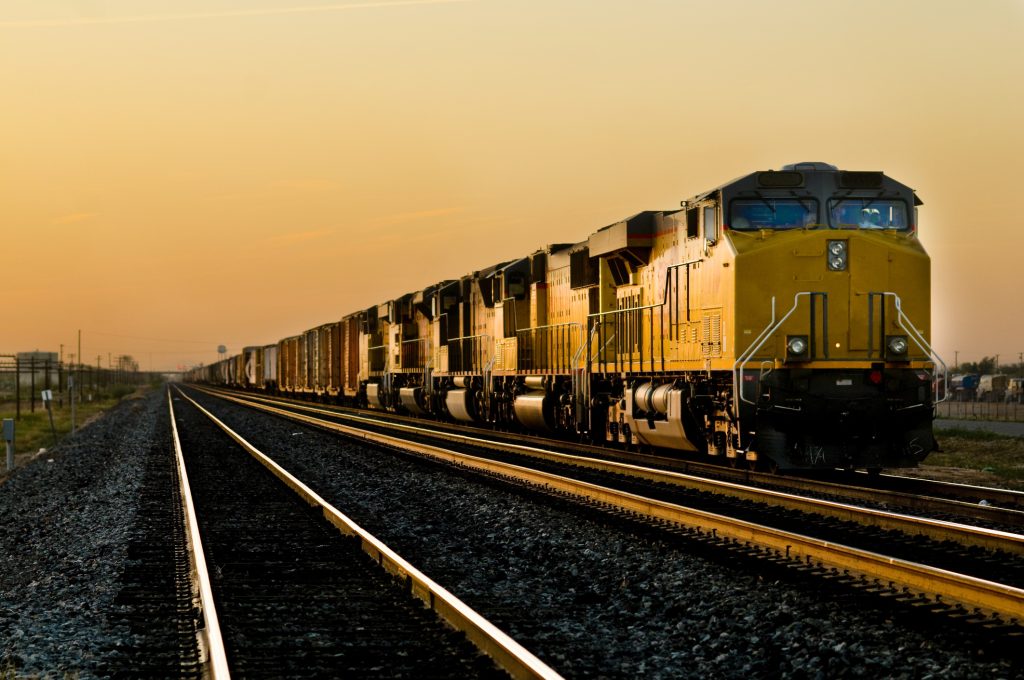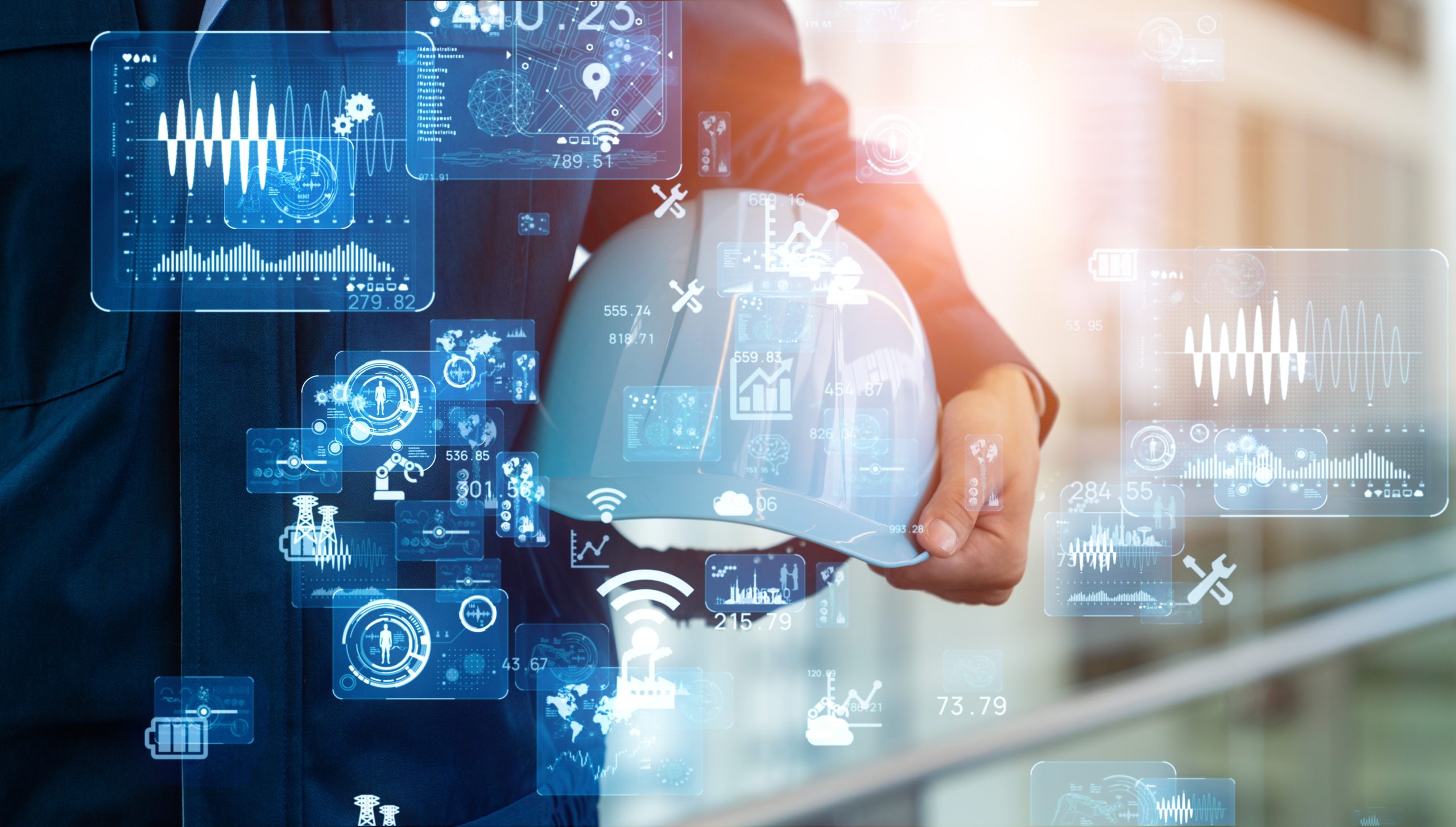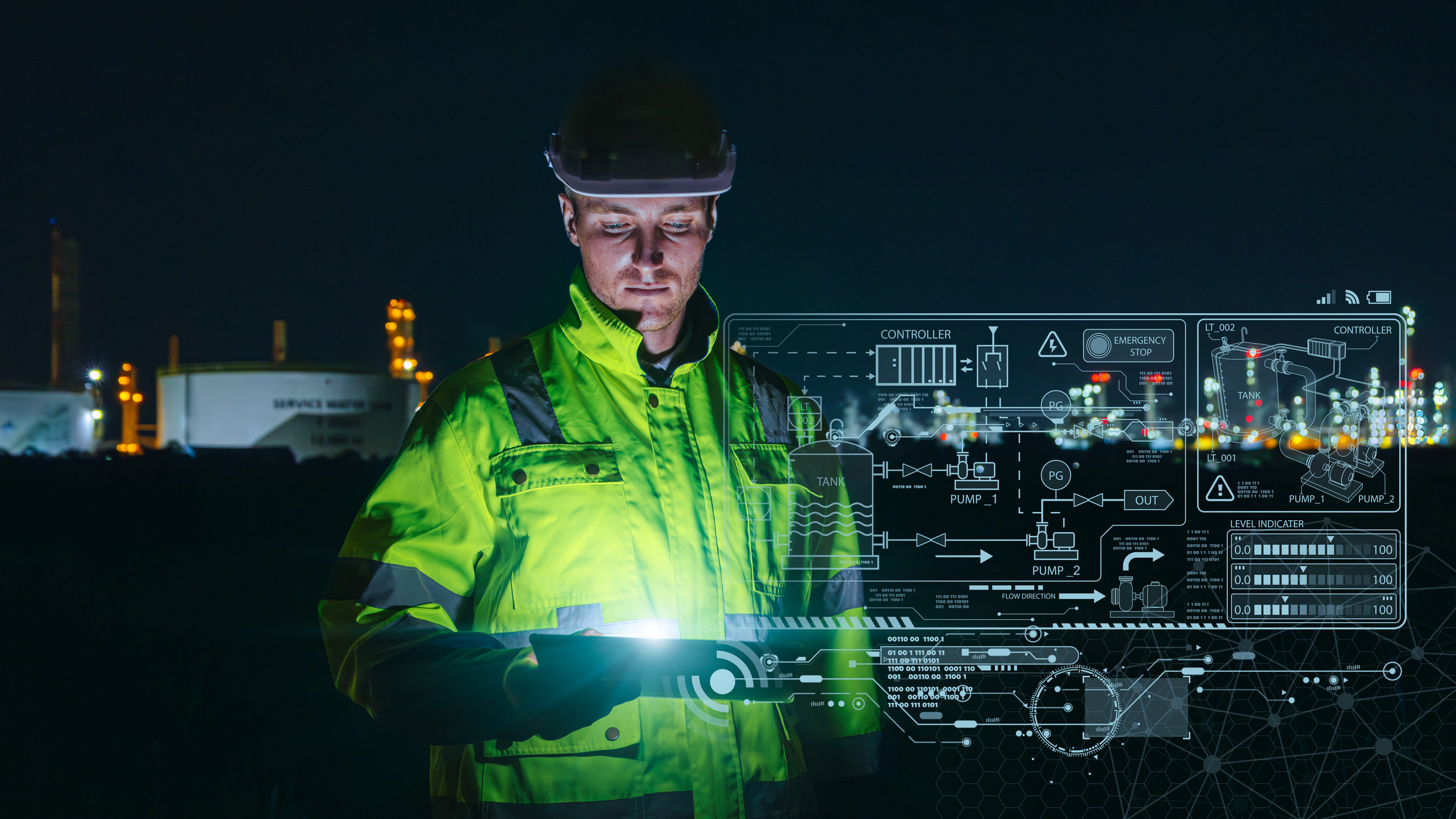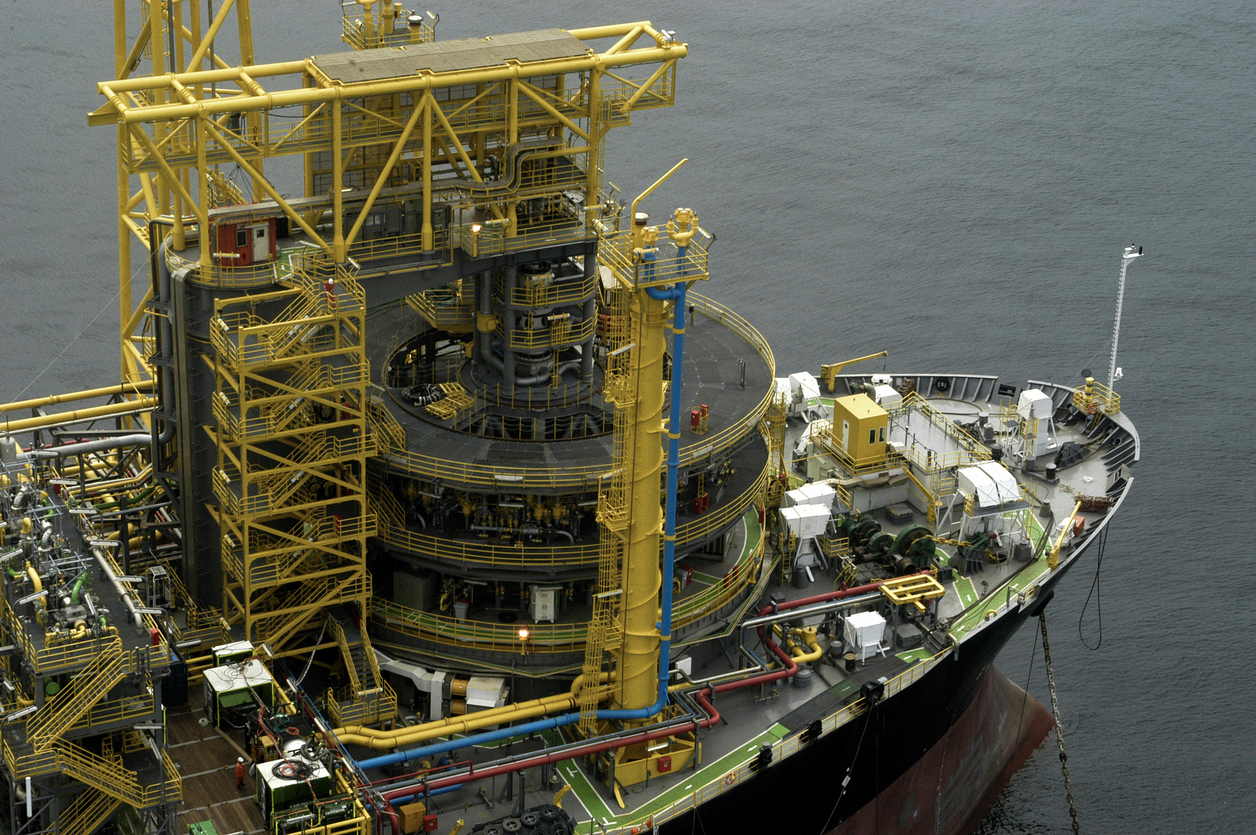Railways are one of the oldest pillars of logistics. Even with the advancement of other modes, rail continues to transport billions of tons of cargo and millions of passengers every year, playing a strategic role in economic development and territorial integration. Countries that prioritize investments in the railway sector reap the rewards of a robust, sustainable, and highly productive network.
Keeping tracks safe and functional over hundreds of kilometers, under varying climatic, geographic, and operational conditions, requires precision, planning, and constant vigilance. It is in this scenario that technology becomes a crucial ally, boosting efficiency with speed gains and contributing to accident prevention.
Throughout this article, we'll explore the unique challenges of railways, the risks involved in their operation, and how intelligent monitoring can be the key to transforming this mode into an even more reliable and advanced system.
Global overview
Railways have been a cornerstone of global logistics infrastructure since the 19th century. Over time, this mode has established itself as one of the most efficient means of transporting large volumes of cargo and passengers.
Since its inception, the railway system has undergone a veritable technological revolution. From steam locomotives to maglev trains, each leap in innovation has brought gains in speed, efficiency, and safety. France and Japan, for example, are among the most advanced in passenger transportation, with trains that exceed 300 km/h.
Countries like China, the United States, and Germany demonstrate how consistent investment in infrastructure can transform a nation. China, for example, has the largest high-speed rail network in the world. The United States, meanwhile, maintains one of the most robust freight networks.
Although Brazil's network is still smaller than that of other major powers, rail transport has been gaining increasing attention for its strategic potential. Recent investments, both public and private, indicate a growing trend toward modernization and expansion.
Complexity of operating a railway
Managing a railway presents a unique logistical and operational challenge. Unlike roads, railways operate as an interdependent system, where tracks, locomotives, control centers, operators, and cargo form a synchronized system.
The routes traverse diverse terrain, extreme climates, and remote regions. Locomotives must adhere to strict schedules and transport considerable volumes, requiring precise planning, constant maintenance, and continuous communication between teams.
Any failure, no matter how small, can compromise the entire logistics flow. This is precisely why monitoring technologies have gained traction in this sector.
Railway risks and their consequences
Rail transport involves various risks, classified into three main categories:
- Structural risks, such as rail failures, deformities and displacements caused by geological instabilities, such as landslides;
- Operational risks, such as human error, speeding, communication failures or mechanical problems;
- Environmental risks, such as heavy rain, strong winds, or sudden changes in temperature, which affect the safety of the structure.
Real-life cases demonstrate the impact of these risks, raising serious questions about safety and monitoring protocols. In addition to material losses, accidents jeopardize lives, corporate image, and the trust of the entire supply chain.
Technology for safety
With the advancement of artificial intelligence and computer vision, it's become possible to remotely, continuously, and accurately monitor railway sections. Onboard or fixed cameras at strategic points capture real-time images, which are automatically analyzed to detect abnormal situations: objects on the tracks, invasive vegetation, signs of ground movement, or the presence of unauthorized personnel.
ALTAVE's intelligent monitoring, for example, is capable of generating automatic alerts when it identifies obstructions, cracks, or dangerous movements, allowing for rapid intervention before the train reaches the compromised section. This way, in addition to making the operation safer, decision-making occurs more quickly, reducing train downtime.
Benefits of relying on intelligent monitoring
Implementing intelligent monitoring systems brings a series of benefits to railway operators:
- Reduction of accidents due to human error, with the support of automated alerts;
- Greater speed with safety: with real-time monitoring, operators feel confident to increase operational speed on monitored sections;
- Remote detection of risks, such as landslides in areas where the operator would not have visibility, people and animals on the track and obstructions on the tracks (objects, rocks and vegetation);
- Reduced downtime, with faster corrective maintenance and greater logistical efficiency.
Our technology combines computer vision and real-time analytics to detect critical conditions using artificial intelligence. Through interactive dashboards with data and insights, operators can see real-time alerts for corrective action.
By using ALTAVE's intelligent railway monitoring, it is possible to reduce risks and accidents, have an optimized operation with data-driven decisions and rely on technology adapted to the challenges of the railway sector.
Conclusion
Railways represent a sustainable, robust, and strategic logistics solution. But operating safely in complex environments requires more than good intentions. It requires continuous monitoring, advanced technologies, and well-defined processes.
Companies that invest in innovation and integrated management are better prepared to ensure operational continuity, protect lives and resources, and raise standards of excellence.
About ALTAVE
ALTAVE offers intelligent monitoring solutions that increase safety in critical operations, protecting people, assets, and processes. By combining cutting-edge technology with automated analysis, it is possible to identify risk situations in real time and prevent accidents before they happen.
With real-time monitoring, intuitive dashboards and 24/7 support, ALTAVE contributes to operational safety and the protection of lives and essential resources. The company has patented technologies in Brazil and abroad, and is present around the world, serving sectors such as Defense and Security, Energy, Mining, Ports, Agribusiness and Oil and Gas.
Furthermore, ALTAVE is a pioneer in remote intelligent railway monitoring. It is the only company on the market offering a specialized solution for continuous track monitoring, even in remote regions lacking infrastructure. Its platform integrates cameras and AI to accurately detect risks and alert teams in real time.
Recognized for its strategic relevance, ALTAVE is accredited as a Strategic Defense Company by the Brazilian Ministry of Defense and a supplier to Petrobras.
Let's have a chat?
Contact us to learn more about how our solution can help your company!





